Art Record Covers: Kim Gordon
Ahead of a new book exploring the bond between visual and music production, Sonic Youth's co-founder shares her own artistic journey
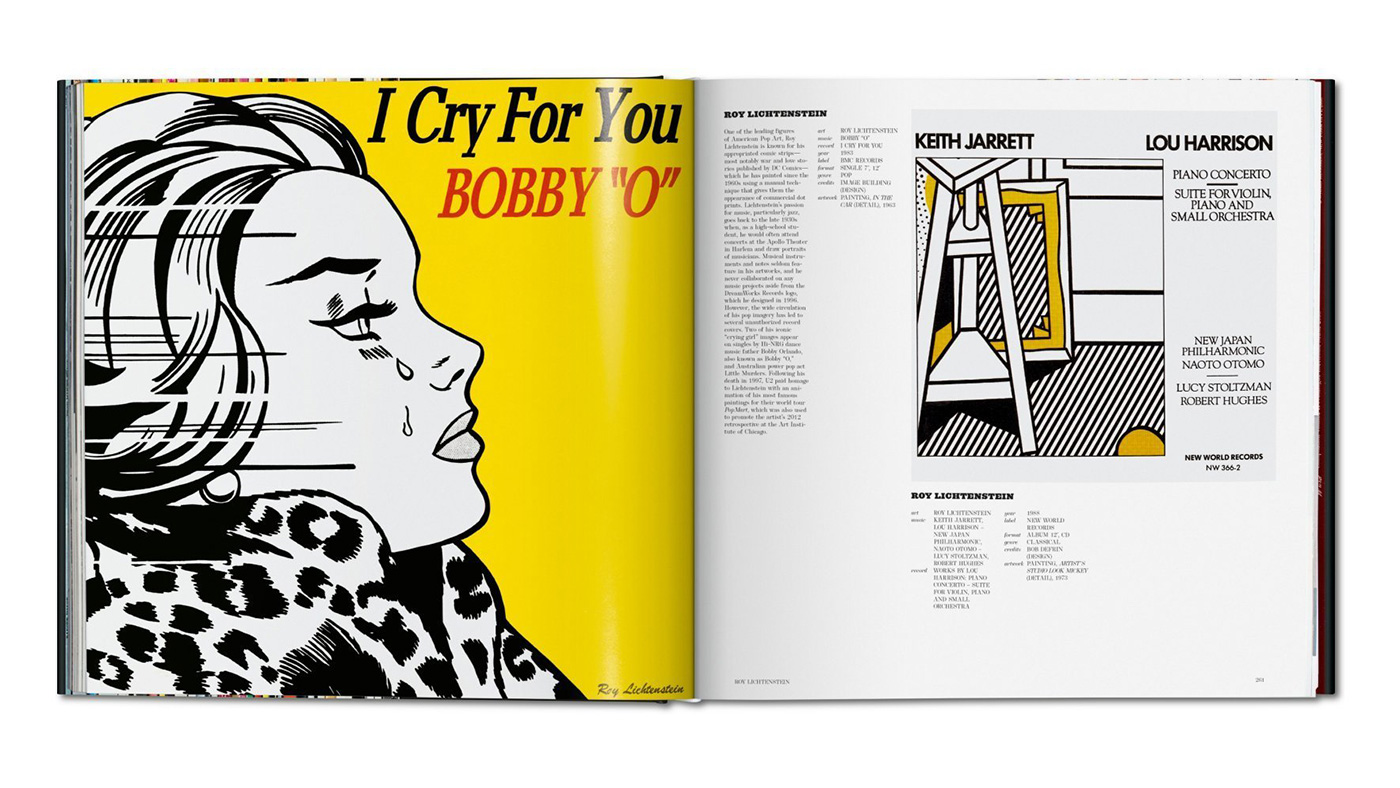
You started your career in the late 1970s New York art scene in association with both No Wave and the Pictures Generation. What drew you into these two groundbreaking and complementary avant-garde movements?
I was fascinated by No Wave because it seemed so free – as something that was played with electric instruments. It looked like it might be punk rock, but it was tearing down a lot of ideas of what music could be – reinterpreting it and finding a new freedom within it. I liked some of the Pictures [Generation] people, but for me it was puzzling how it was a departure from the lineage of conceptual art – and art that was also more avant-garde – whereas the Pictures artworks looked more like products. It was more oriented toward object-making, whereas conceptual art got rid of the object. They said, "We're not going to do that, we're doing the opposite. We're going to fetishize the object." I liked people like Jack Goldstein – somebody who bridged the gap between generations. His work was more interesting. I liked Cindy Sherman too, and Richard Prince.
Early on you met Dan Graham, who you often refer to as a role model and a source of inspiration. What did you learn from him?
The Week
Escape your echo chamber. Get the facts behind the news, plus analysis from multiple perspectives.

Sign up for The Week's Free Newsletters
From our morning news briefing to a weekly Good News Newsletter, get the best of The Week delivered directly to your inbox.
From our morning news briefing to a weekly Good News Newsletter, get the best of The Week delivered directly to your inbox.
I learned that art could be sociological in a way that I hadn't thought before, but I was also attracted by how many other activities he did besides making art. He wrote articles and encouraged me to write. But my dad was a sociologist, so I kind of grew up with that.
When you formed Sonic Youth in 1981, did you think of the band as being an extension of your art practice?
In the sense that I was writing about performance at that time – about boys making music, or male performance – so I was curious what it would be like to be in the middle of it rather than observing from the outside. I also did performances with another two girls [Miranda Stanton and Christine Hahn] and formed our own group [called CKM] to do Dan Graham's Audience/Performer/Mirror piece [in 1980]. That was the first thing I did in New York. I was also influenced by Andy Warhol and other artists who incorporated pop culture into their artworks – not that Sonic Youth was pop culture; it was more of a subculture really.
What criteria did you follow in selecting the artists for the covers of the Sonic Youth releases? Was it a collective process, or did you make the final choice?
A free daily email with the biggest news stories of the day – and the best features from TheWeek.com
Thurston got to know artists through me, like Mike Kelley and Richard Prince. He would often initiate things – we were like-minded in that way – and a lot of the time I wouldn't maybe be as bold as to think we could get Gerhard Richter, even though I knew him. But it was Thurston and I who were the more visually oriented – I would pick something outside of the group that we all agreed on –that we all liked. And it was a good opportunity to expose the larger public to certain artworks that they wouldn't see otherwise. They were almost like little ready-mades more than record covers.
What is the Sonic Youth record cover that best embodied the ethos of the band, and why?
It's hard to say; maybe the one by Mike Kelley or Raymond Pettibon, which are also the most popular ones – or the Gerhard Richter one. The works by Mike and Raymond are both about subcultures and the relationships between high and low culture – and we were in it too with our music, I guess.
As a visual artist, one of your signature works is the ongoing series of "Noise Paintings," depicting mostly names of noise bands like Pussy Galore, but also those of Larry Gagosian and Marcel Duchamp. What is the relationship between the names you paint?
At the beginning I made paintings of the names of pretty obscure noise bands; maybe Pussy Galore is the most well known. And the idea of putting something that is so obscure into the context of a painting that potentially has value – not that the band doesn't have value, but monetary value – interested me. Then at some point I just started to paint the names of gallerists and put them into a punk-rock-looking format – I thought it was funny to write the names of Barbara Gladstone and Larry Gagosian. The Duchamp one is kind of a one-off as an artist's name, but I also did a Raymond Pettibon once.
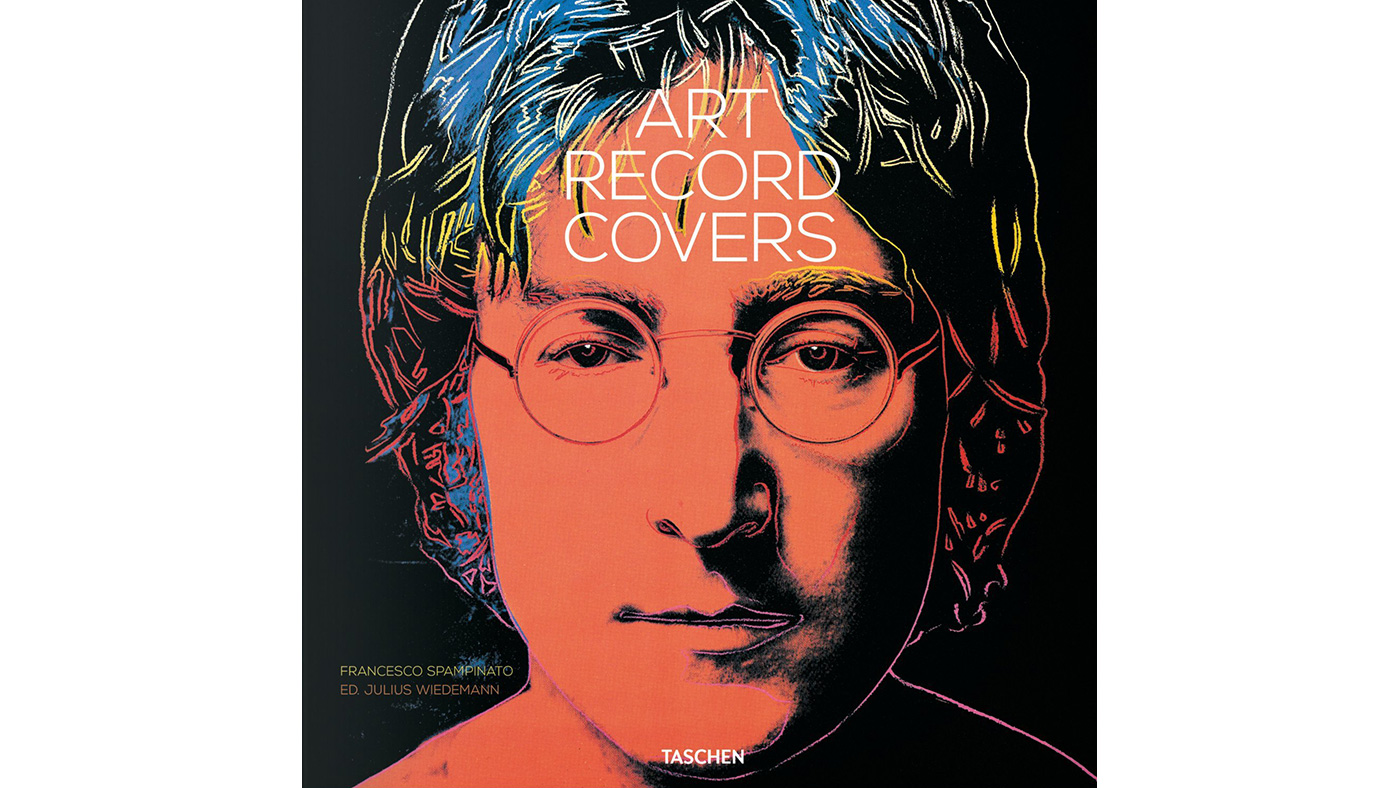
Regarding your series of watercolor portraits, the artist Jutta Koether said: "They are formless conjunctions, puddles between articulations, displays of passion, gaze and non-gaze. The female idol multiplied, casual, misplaced." Do you consider them psychoanalytical explorations of yourself as a female music icon?
No, they're meant to be audience members – people in the dark, as the audience individually reflects back the stage lights – so that the audience becomes the glamorous one, the mysterious one.
With regard to both Sonic Youth and your individual art practice, do you identify with the term art-rock?
I think art-rock is a very specific thing, like Roxy Music maybe, so I don't really consider what I do and what we did as Sonic Youth as art-rock. Although you can call it however you want.
What is your relationship with vinyl records and their covers? And what was the idea behind the pop-up record store you curated for Gagosian at the 2016 Los Angeles Art Book Fair?
I grew up with my dad's record collection. I had a whole ritual with the record covers. I would stare at the images for a long time and wonder about the music. Putting the covers in a row, I would make up stories and narrate them to the music. I would even make up a dance to go with it. The Gagosian booth I curated at the Los Angeles Art Book Fair is different because a lot of collectors who go there are looking for obscure things. So I decided to import a record store called Feeding Tube from Massachusetts, owned by Byron Coley, who is one of the biggest and most attuned record collectors in the world – he also likes to put out records on his label. Its motto is "Living on the Edge of Obscurity," so I thought it was interesting to take something so obscure and put it into the booth of the most commercial gallery in the country. Byron also had the idea of releasing the new single ["Live Hassle"] of my new band Body/Head with a cover realized by us – but also to ask artists to do different covers [including Rita Ackermann, Laura Owens, Richard Prince, and Jim Shaw]. I already did something similar when I curated a show in 1981 at White Columns – inviting artists and musicians to realize artworks in the format of record covers.
A 2014 single by Body/Head is titled "The Show is Over," after a 1991–92 billboard painting by Christopher Wool, which is also featured on the cover. If, for Wool, this was a nihilistic statement regarding painting, what does it mean for you? Which "show" is over?
I liked Christopher's artwork so much that I decided to put it into lyrics. I think it's kind of funny to start out a show and say it's over. It's almost like making people's expectations lower instead of pumping it up through media. Normally I like almost the opposite of that. That's why we sort of adopted it.
KIM GORDON studied at the Otis Art Institute in California. She formed seminal band Sonic Youth in 1981 with her soon-to-become husband Thurston Moore and Lee Ranaldo; the band had a 30-year career until their disbandment following the break-up of Gordon and Moore's marriage. Since then she has returned to making and exhibiting art again, and in 2011 also ignited a new music project, the noise guitar duo Body/Head with Bill Nace.
Interview taken from Art Record Covers by Francesco Spampinato, published by Taschen, £49.99; available for pre-order at taschen.com
-
 5 fairly vain cartoons about Vanity Fair’s interviews with Susie Wiles
5 fairly vain cartoons about Vanity Fair’s interviews with Susie WilesCartoon Artists take on demolition derby, alcoholic personality, and more
-
 Joanna Trollope: novelist who had a No. 1 bestseller with The Rector’s Wife
Joanna Trollope: novelist who had a No. 1 bestseller with The Rector’s WifeIn the Spotlight Trollope found fame with intelligent novels about the dramas and dilemmas of modern women
-
 Codeword: December 20, 2025
Codeword: December 20, 2025The daily codeword puzzle from The Week
-
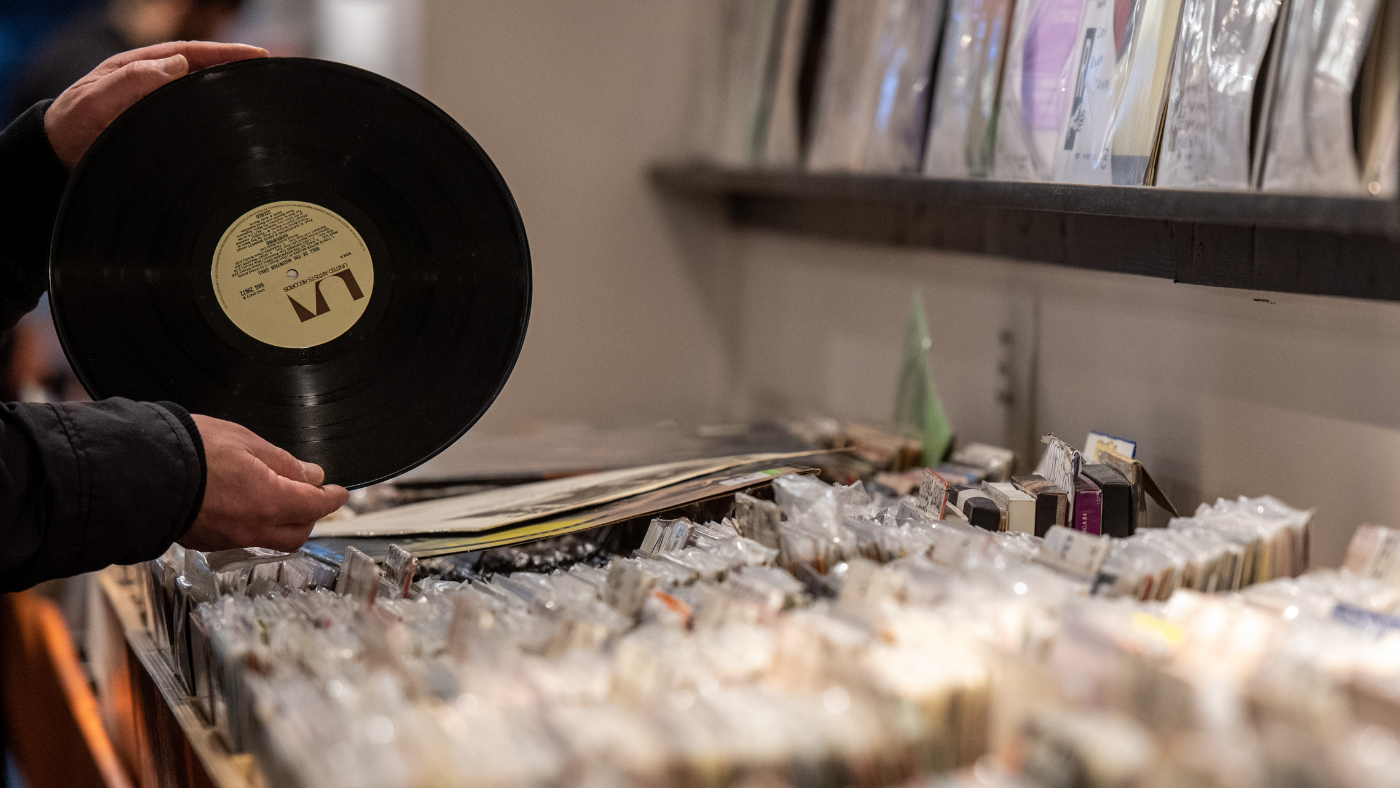 Are streaming services helping or hurting musicians?
Are streaming services helping or hurting musicians?In Depth Streaming is on the up but MPs say most artists make ‘pitiful’ incomes from services
-
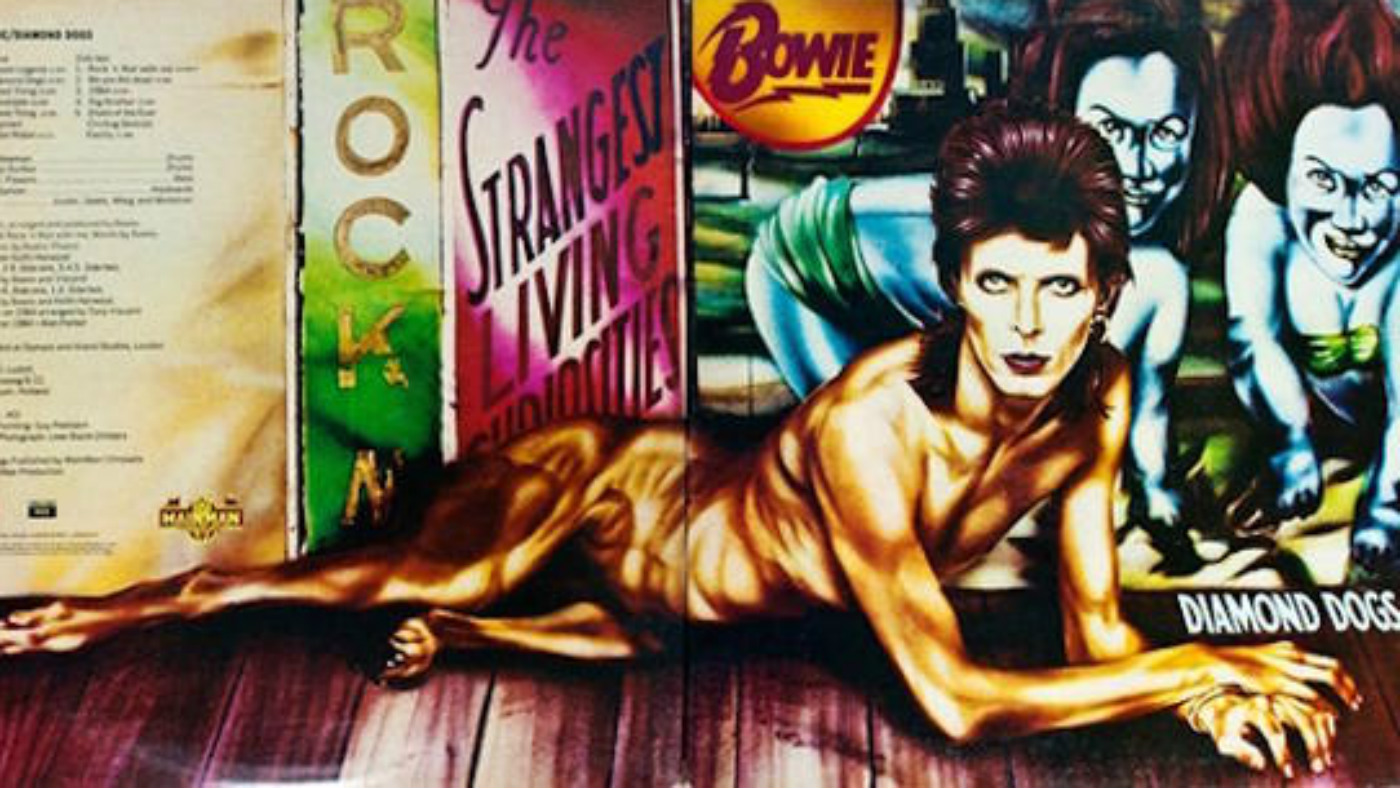 Sales of vinyl reach 25-year high: Do you own these valuable records?
Sales of vinyl reach 25-year high: Do you own these valuable records?Speed Read As UK consumers embrace physical formats of music once again, here are the blasts from the past now worth a lot of money
-
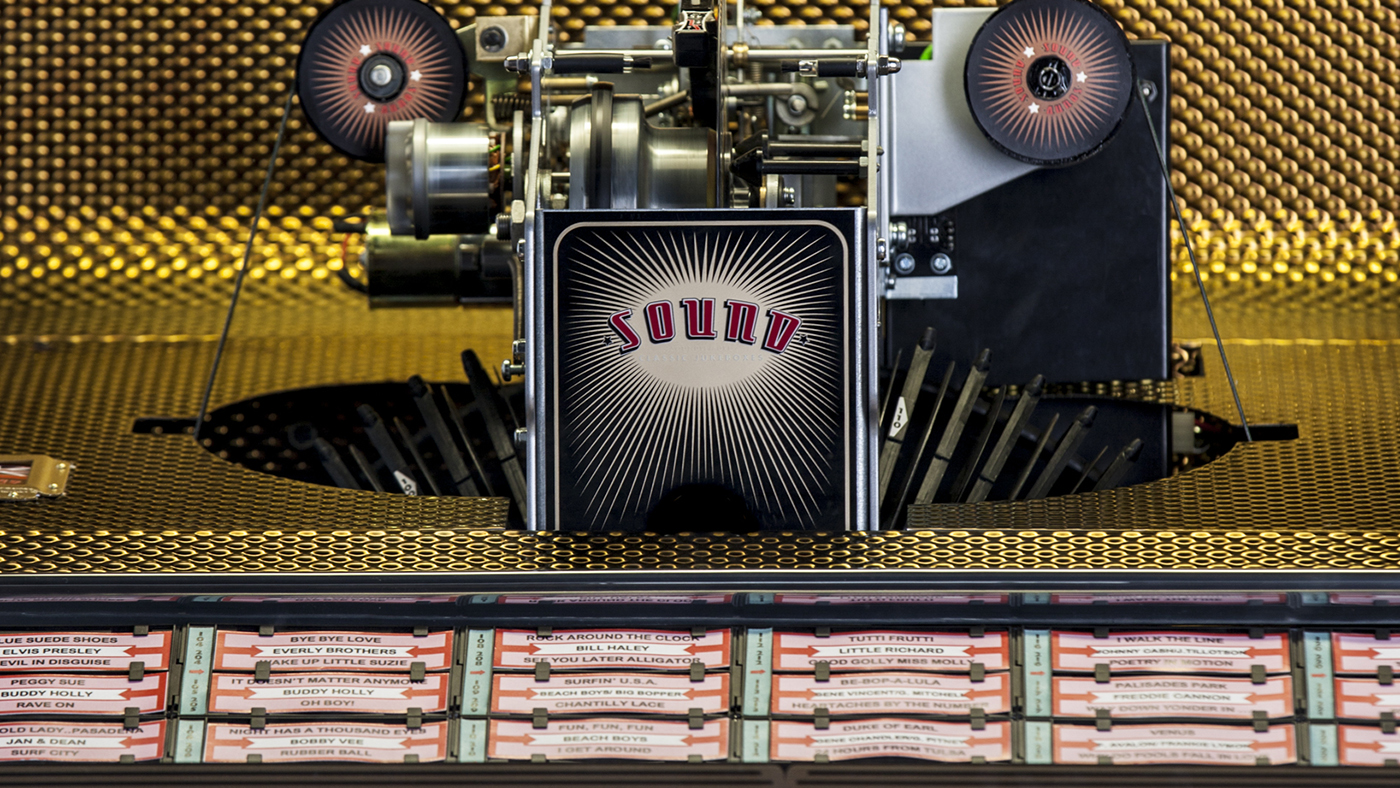 Jukebox hero: Sound Leisure's handmade music machines
Jukebox hero: Sound Leisure's handmade music machinesIn Depth The British company's managing director, Chris Black, on why the delightfully retro device has such appeal
-
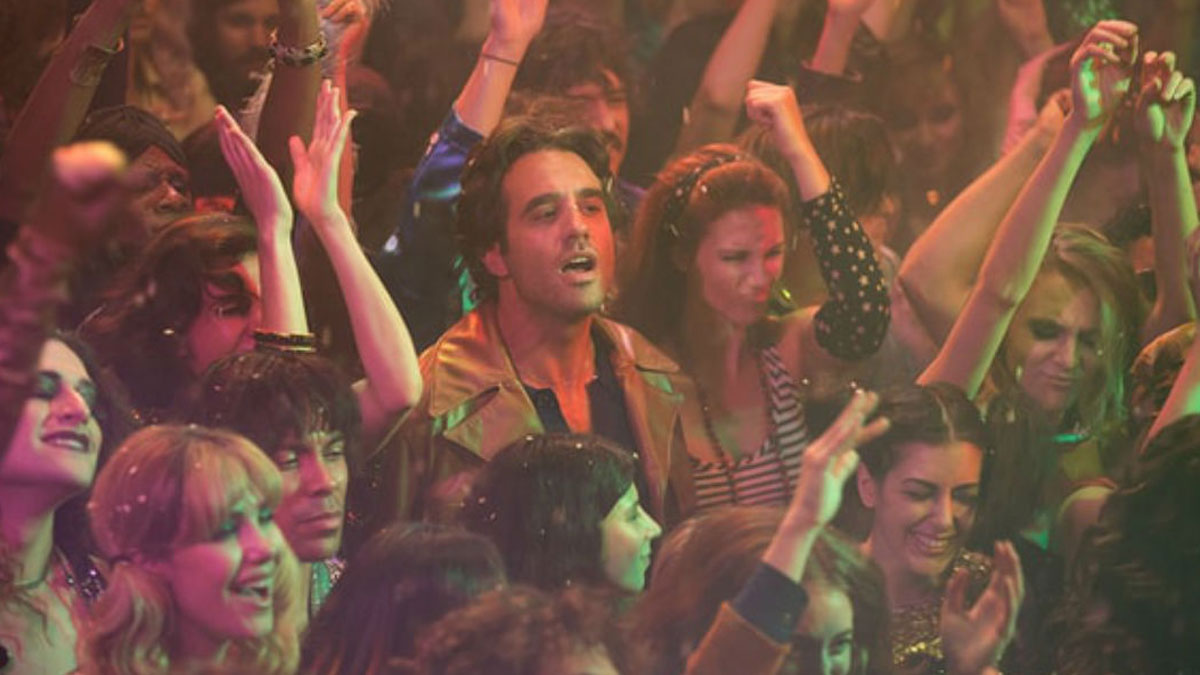 Vinyl: new music drama a 'rock 'n' roll Game of Thrones'
Vinyl: new music drama a 'rock 'n' roll Game of Thrones'The Week Recommends Humour, drama and impeccable soundtrack make Scorsese-Jagger series a treat for music fans